Understanding the Luminous Mysteries of the Rosary

The Luminous Mysteries of the Rosary illuminates a path to a deeper connection with the life of Christ. For centuries, this cherished practice has provided a unique avenue to draw closer to God, guided by the gentle touch of the Virgin Mary's intercession. At its core, the Rosary presents a series of mysteries, each a facet of the life of Jesus Christ.
Traditionally, the Rosary mysteries have been divided into three sets: the Joyful, Sorrowful, and Glorious Mysteries. However, in 2002, Pope St. John Paul II introduced a fourth set: the Luminous Mysteries. These mysteries, often referred to as the 'Mysteries of Light,' shed light on the public ministry of Jesus and offer a profound opportunity for reflection and spiritual growth.
On Thursdays, Catholics around the world come together to meditate upon the Luminous Mysteries, diving deep into the teachings and miracles of Christ during His earthly ministry. In this exploration of the Luminous Mysteries, we'll delve into their significance and how they enrich our spiritual journey.
The Rosary: A Time-Honored Tradition
Before we dive into the luminous mysteries of the Rosary, let's take a moment to understand the Rosary itself. This cherished devotion consists of a string of beads, each one representing a specific prayer. The central prayers of the Rosary are the "Hail Mary" and the "Our Father," punctuated by the "Glory Be." Yet, the heart of the Rosary lies in the mysteries. These mysteries invite us to contemplate key moments in the lives of Jesus and Mary, drawing us into their divine narratives.
The Luminous Mysteries: A Gift of Light
In 2002, Pope John Paul II introduced the Luminous Mysteries, sometimes called the Mysteries of Light. These mysteries focus on the public ministry of Jesus and are intended to complement the existing sets. The addition of the Luminous Mysteries expanded the Rosary to encompass a more comprehensive reflection on the life of Christ.
1. The Luminous Mysteries: A Gift of Light
The first Luminous Mystery invites us to witness the Baptism of Jesus by John the Baptist in the River Jordan. As Jesus emerges from the water, the heavens open, and the Holy Spirit descends upon Him like a dove. A voice from above proclaims, "This is my beloved Son, with whom I am well pleased" (Matthew 3:17). This moment marks the beginning of Jesus' public ministry, setting the stage for His mission of salvation.
2. The Wedding at Cana
The second mystery takes us to a wedding feast in Cana, where Jesus performs His first public miracle. At His mother's request, He transforms water into wine, revealing His divine power and deepening the faith of His disciples. This miracle emphasizes the importance of faith and the intercessory role of Mary, who tells the servants, "Do whatever He tells you" (John 2:5).
3. The Proclamation of the Kingdom
In the third mystery, we join Jesus as He proclaims the Kingdom of God and calls all to repentance. He preaches the Beatitudes, revealing a path to blessedness and mercy. This mystery challenges us to examine our lives, aligning them with the values of God's Kingdom.
4. The Transfiguration
The fourth mystery takes us to the Mount of Transfiguration, where Jesus is transfigured in dazzling light before His apostles Peter, James, and John. Moses and Elijah appear, representing the Law and the Prophets. This extraordinary event underscores Jesus' divine nature and reinforces the importance of listening to Him.
5. The Institution of the Eucharist
The final Luminous Mystery brings us to the Upper Room, where Jesus institutes the Holy Eucharist during the Last Supper. He takes bread and wine, saying, "This is my body" and "This is my blood," establishing the sacrament of the Eucharist. This profound mystery calls us to deepen our appreciation for the Real Presence of Jesus in the Blessed Sacrament.
Praying the Luminous Mysteries
Incorporating the Luminous Mysteries into your Rosary prayer can deepen your connection with Jesus and Mary. To begin, simply announce the specific Luminous Mystery before the corresponding decade. As you meditate on each mystery, consider its significance in your life and how it calls you to grow in faith and discipleship.
The Gift of Light
The Luminous Mysteries of the Rosary are a precious gift, allowing us to journey through the moments of Jesus' public ministry. They invite us to walk alongside Him as He proclaims the Kingdom, performs miracles, and prepares His disciples for the challenges ahead. As we pray these mysteries, may the light of Christ shine brightly in our hearts, illuminating our path and guiding us ever closer to God.
Discover the beauty of the Luminous Mysteries in your Rosary prayer and allow them to illuminate your spiritual journey. These moments from the life of Jesus offer profound insights and opportunities for growth in faith and discipleship. As you meditate on each mystery, may the light of Christ shine brightly in your heart, guiding you ever closer to God.

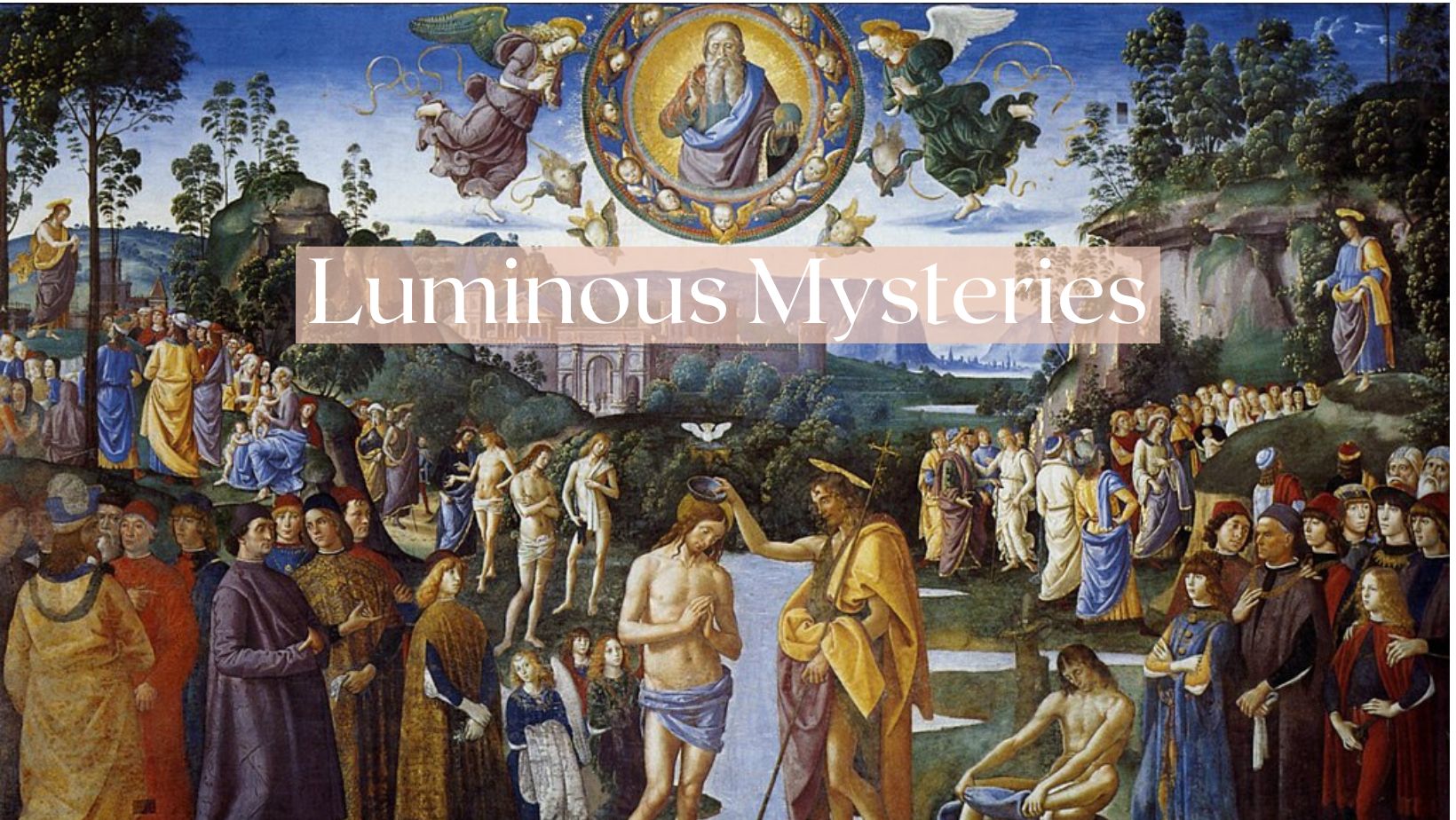
![6mm Genuine Gold Stone Bead Rosary in Sterling Silver [RB3373]](https://b960748.smushcdn.com/960748/wp-content/uploads/2023/09/6mm-Genuine-Gold-Stone-Bead-Rosary-in-Sterling-Silver_RB3373.jpg?lossy=1&strip=1&webp=1)
![6mm Tin Cut Sapphire Crystal Bead Rosary in Sterling Silver [RB3390]](https://b960748.smushcdn.com/960748/wp-content/uploads/2023/09/6mm-Tin-Cut-Sapphire-Crystal-Bead-Rosary-in-Sterling-Silver_RB3390.jpg?lossy=1&strip=1&webp=1)
![Men's Immaculate Heart of Mary Silver Plated Rosary [RBENM8337]](https://b960748.smushcdn.com/960748/wp-content/uploads/2023/09/Mens-Immaculate-Heart-of-Mary-Silver-Plated-Rosary_RBENM8337.jpg?lossy=1&strip=1&webp=1)

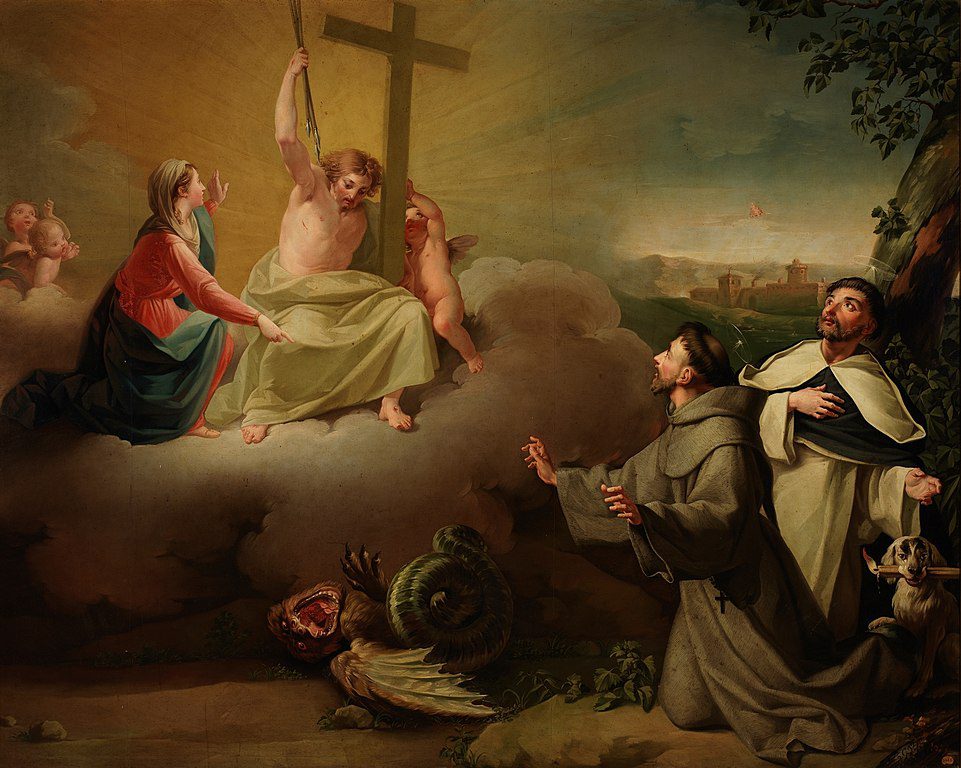
![St. Dominic de Guzman Medal [EN6066]](https://b960748.smushcdn.com/960748/wp-content/uploads/2023/07/EN6066_Dominic_Guzman-600x600-1.jpg?lossy=1&strip=1&webp=1)
![Pray the Rosary Daily Pamphlet [CFSCW001]](https://b960748.smushcdn.com/960748/wp-content/uploads/2023/05/CFSCW001-600x600-1.jpg?lossy=1&strip=1&webp=1)
![The Rosary For Children Book [CBB100]](https://b960748.smushcdn.com/960748/wp-content/uploads/2023/07/CBB100.jpg?lossy=1&strip=1&webp=1)
![Jujube Wood 5 Decade Rosary 3 Sizes Available [RB3528]](https://b960748.smushcdn.com/960748/wp-content/uploads/2023/04/RB3528-Jujube-Wood-5-Decade-Rosary-600x600-1.jpg?lossy=1&strip=1&webp=1)
![Alabasterite Wall Rosary, 30mm beads - 65 inch [WRR001] Wall Rosary](https://b960748.smushcdn.com/960748/wp-content/uploads/2023/05/WRR001-Alabasterite-Wall-Rosary-600x600-1.jpg?lossy=1&strip=1&webp=1)
![Wood Rosary Bracelet - 8mm [RB3538]](https://b960748.smushcdn.com/960748/wp-content/uploads/2020/02/RB3538.jpg?lossy=1&strip=1&webp=1)
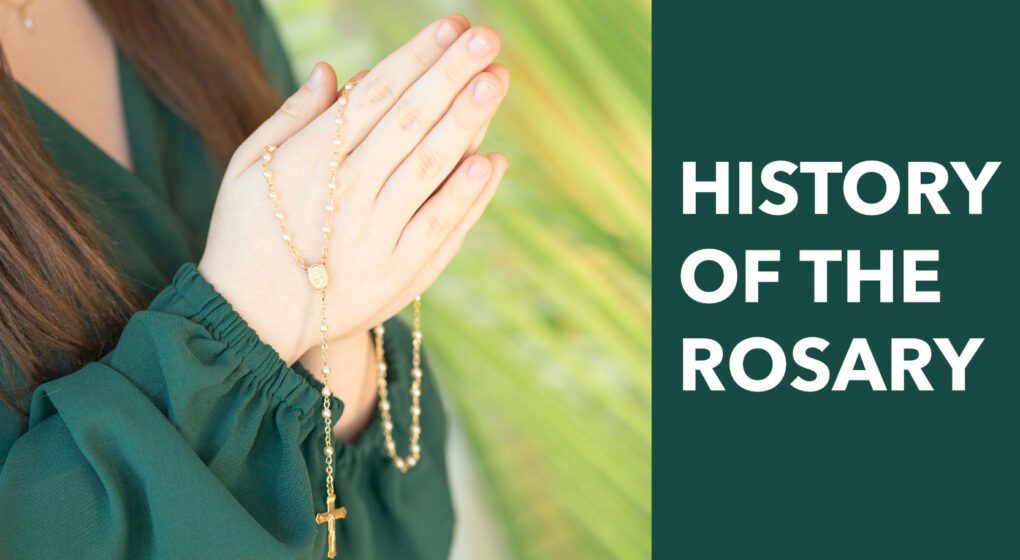
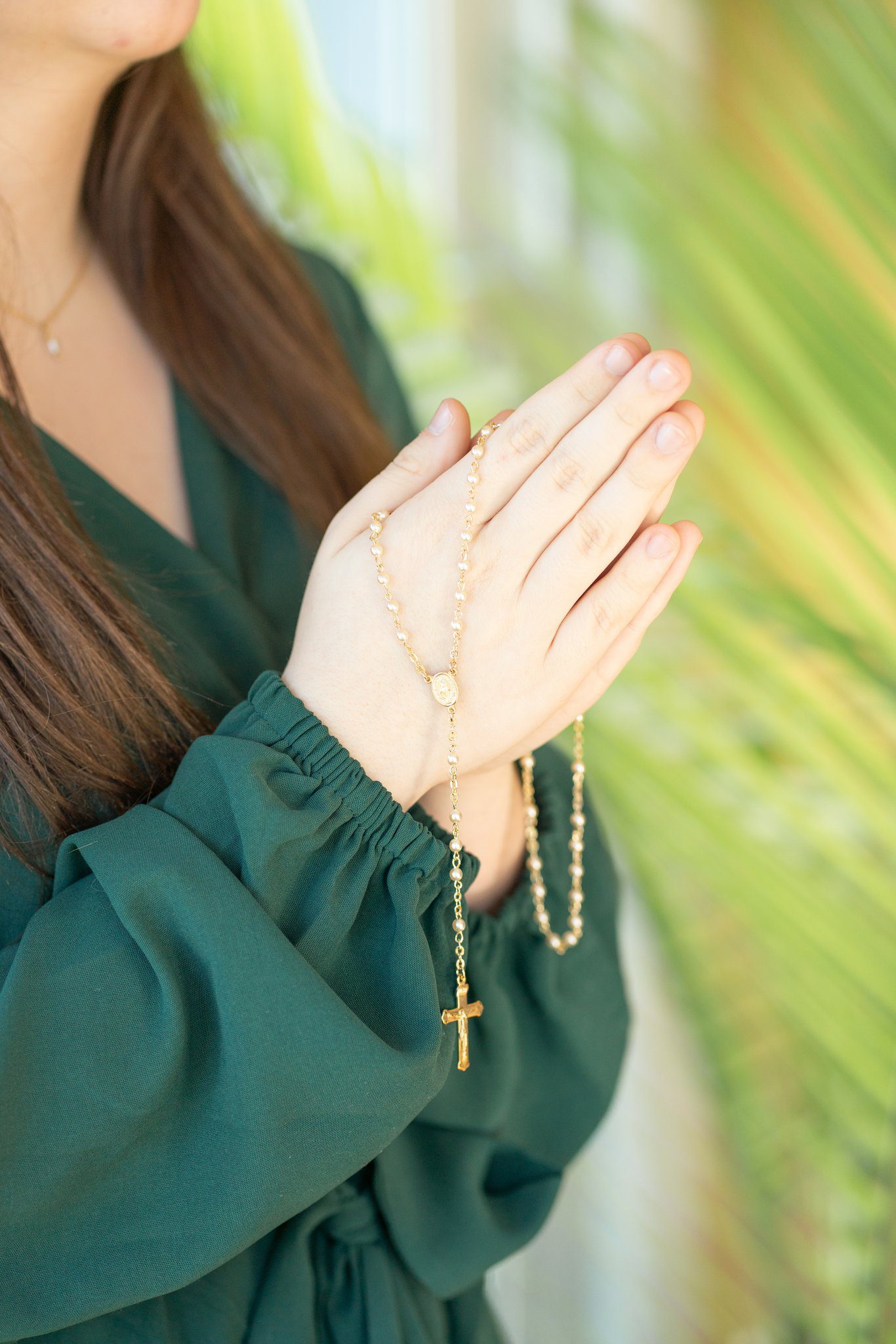
![Mysteries of The Rosary Laminated Prayer Cards 25 Pack [HPR212]](https://b960748.smushcdn.com/960748/wp-content/uploads/2023/04/HPR212-Mysteries-of-The-Rosary-Prayer-Card.jpg?lossy=1&strip=1&webp=1)
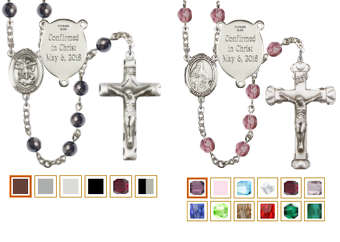


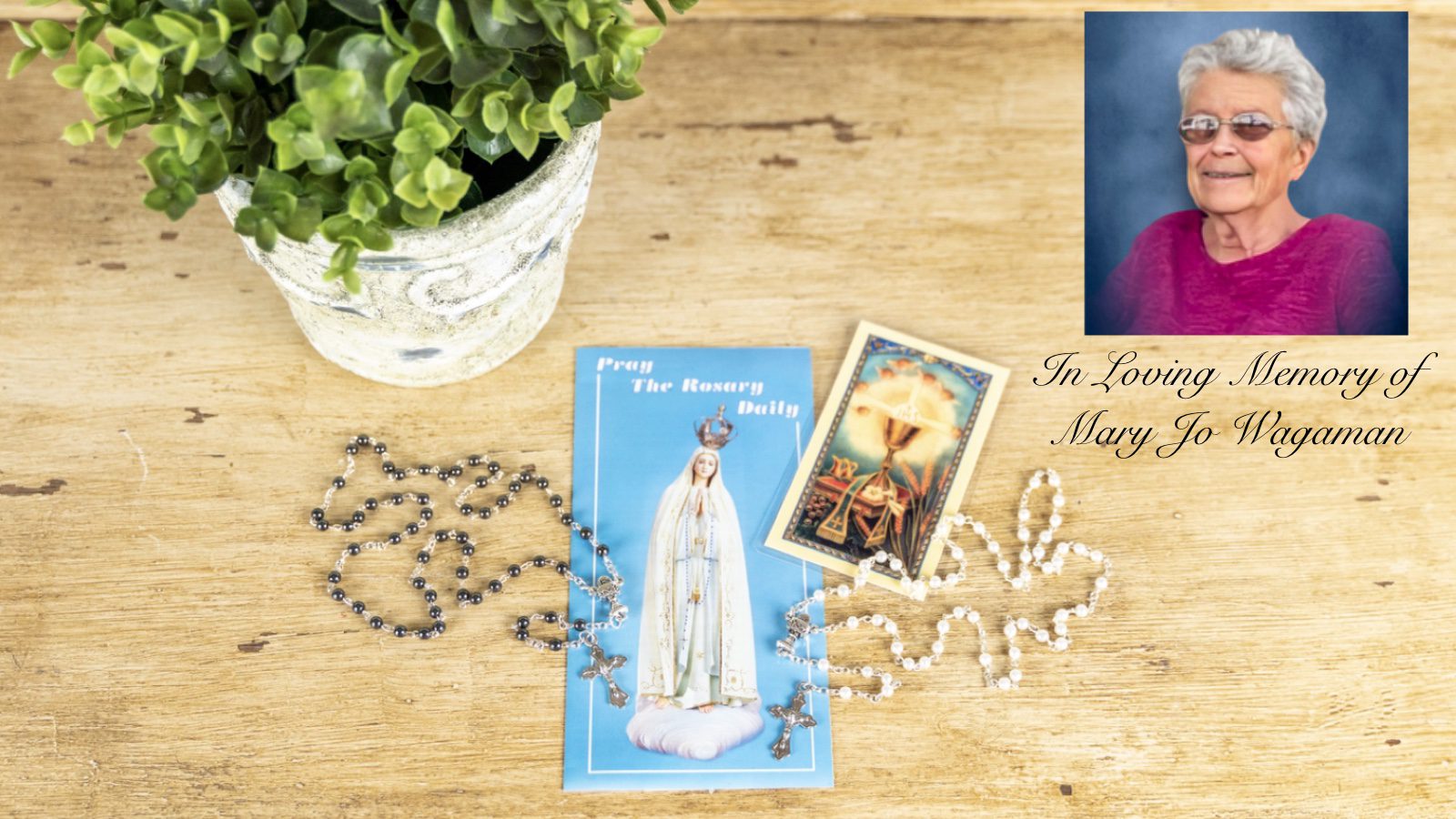
![Cross Keepsake Rosary Box and White First Communion Rosary [MV1065]](https://b960748.smushcdn.com/960748/wp-content/uploads/2023/05/MV1065-600x600-1.jpg?lossy=1&strip=1&webp=1)
![Boys Hematite First Communion Rosary with Cross Box [MVR0612]](https://b960748.smushcdn.com/960748/wp-content/uploads/2023/05/MVR0612-600x600-1.jpg?lossy=1&strip=1&webp=1)
![First Communion Laminated Prayer Cards 25 Pack [HPR695]](https://b960748.smushcdn.com/960748/wp-content/uploads/2023/05/HPR695-600x600-1.jpg?lossy=1&strip=1&webp=1)




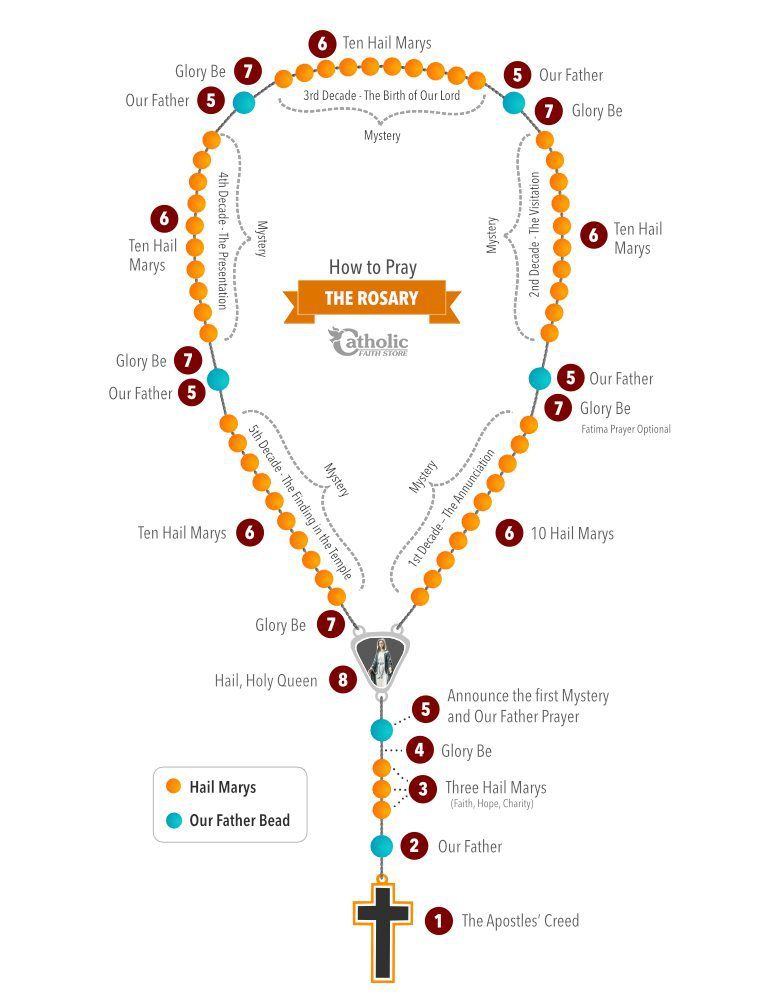





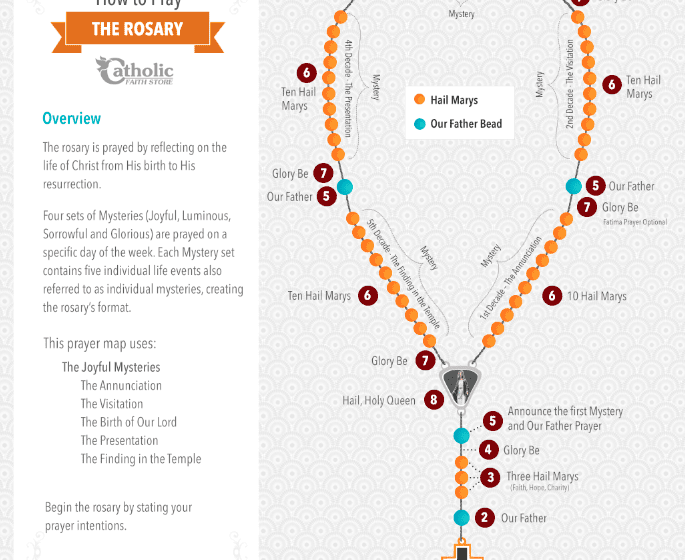

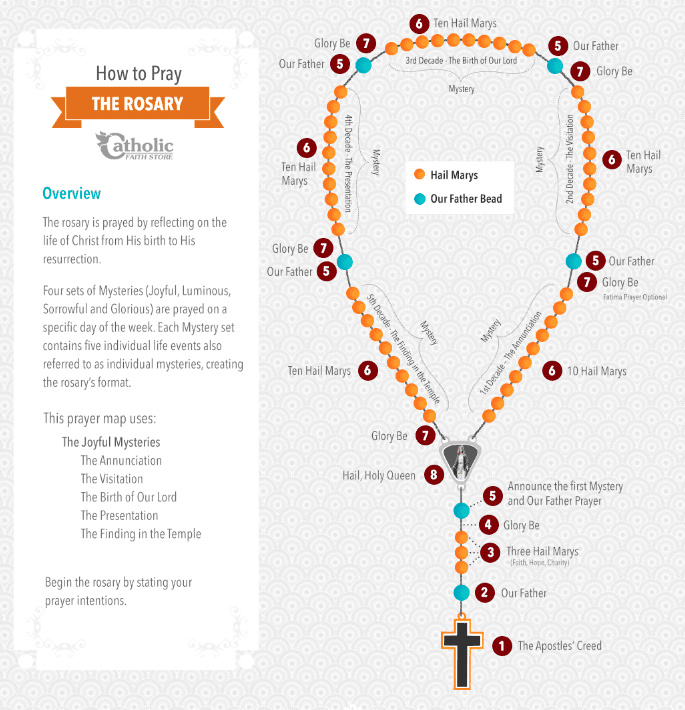
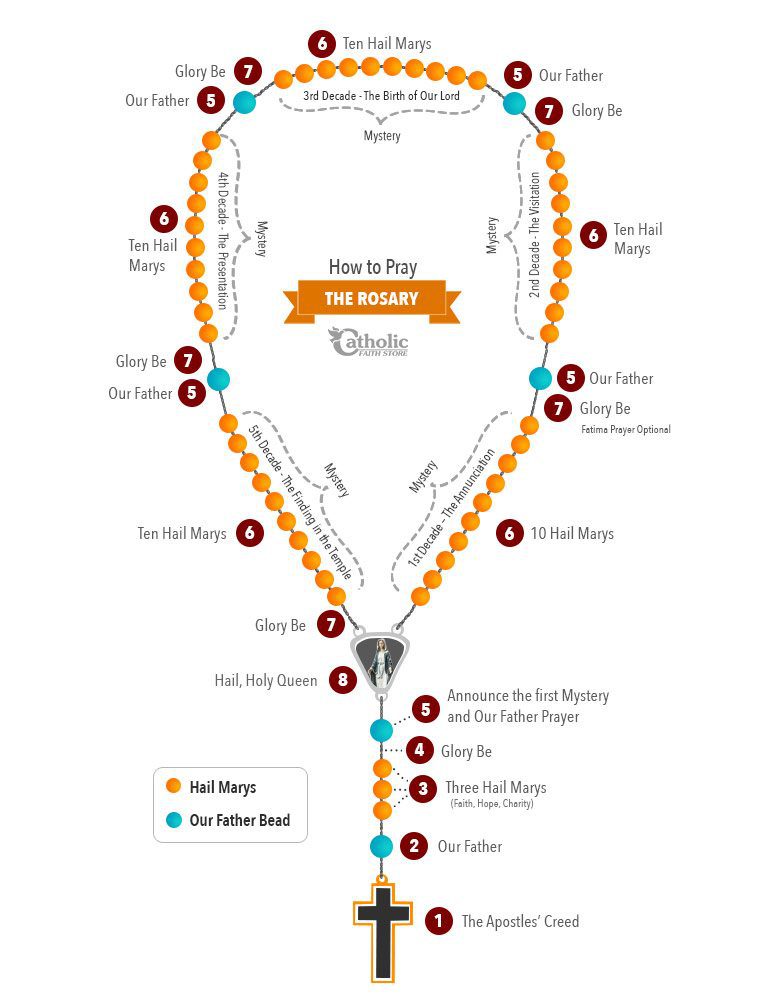

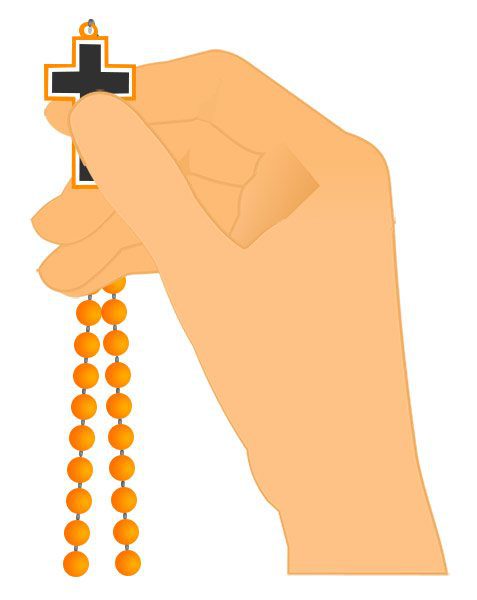



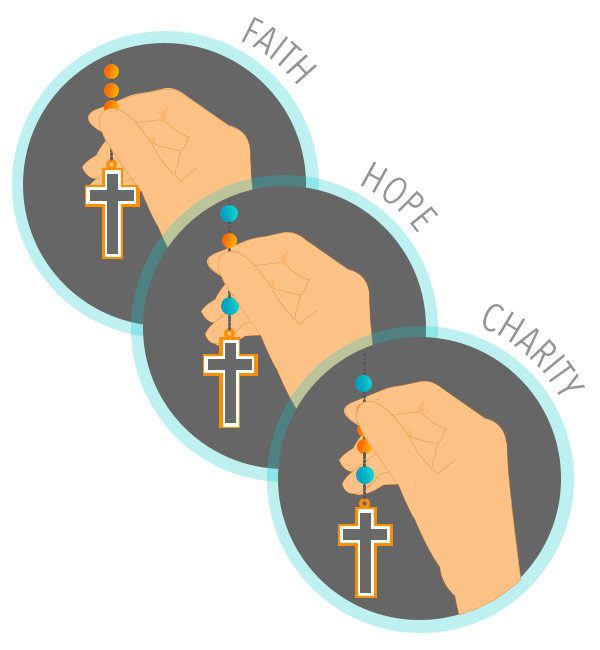

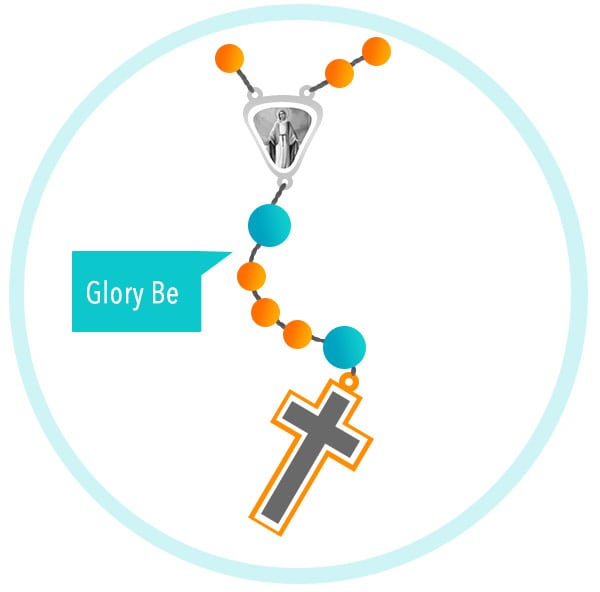









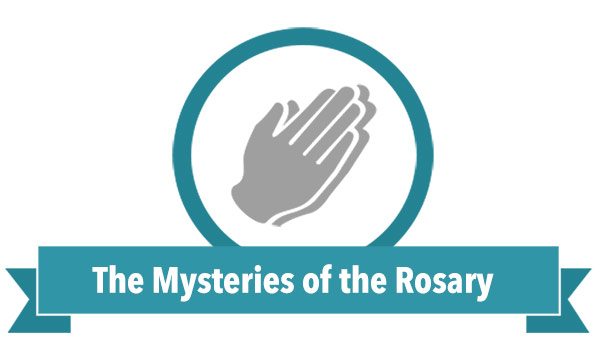

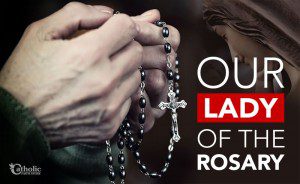
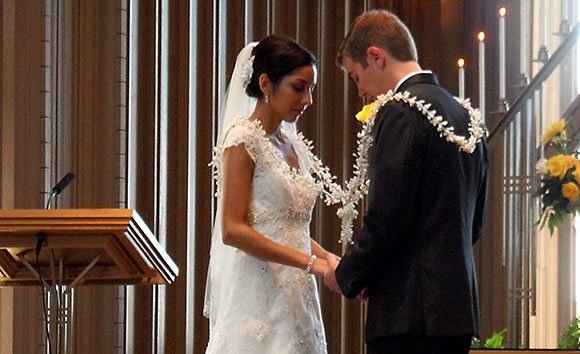



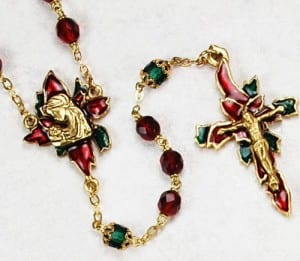

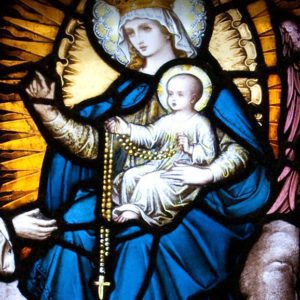


![Saint Sebastian Soccer Rosary with Prayer Card [MVR0655]](https://b960748.smushcdn.com/960748/wp-content/uploads/2023/12/Saint-Sebastian-Soccer-Rosary-w-Prayer-Card_MVR0655.jpg?lossy=1&strip=1&webp=1)
![St Sebastian Medal [EN6212]](https://b960748.smushcdn.com/960748/wp-content/uploads/2023/12/St-Sebastian-Medal_EN6212.jpg?lossy=1&strip=1&webp=1)
![Prayer To St. Sebastian Laminated Prayer Cards [HPR541]](https://b960748.smushcdn.com/960748/wp-content/uploads/2023/12/HPR541-600x600-1.jpg?lossy=1&strip=1&webp=1)


![Blue Miraculous Medal Ring [BLR0009]](https://b960748.smushcdn.com/960748/wp-content/uploads/2023/12/Blue-Miraculous-Medal-Ring-BLR0009.jpg?lossy=1&strip=1&webp=1)
![Stainless Steel Armor God Bracelet [CBB1801]](https://b960748.smushcdn.com/960748/wp-content/uploads/2023/12/Stainless-Steel-Armor-God-Bracelet_CBB1801.jpg?lossy=1&strip=1&webp=1)
![Miraculous Medal and Pardon Crucifix Auto Backpack Olive Wood Rosary [HRK003]](https://b960748.smushcdn.com/960748/wp-content/uploads/2023/12/Miraculous-Medal-Pardon-Crucifix-Auto-Backpack-Olive-Wood-Rosary_HRK003.jpg?lossy=1&strip=1&webp=1)

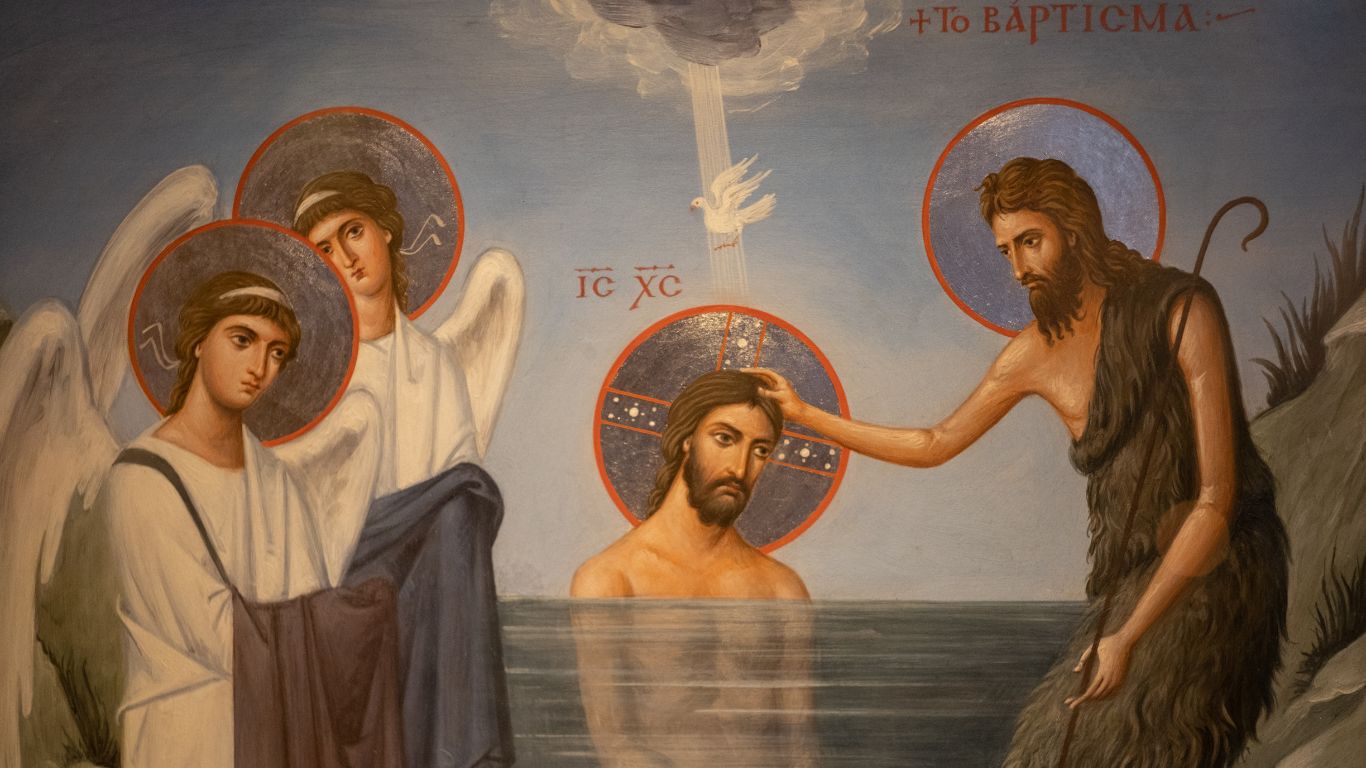
![Baptism of Jesus 5x6.5 Velvet Back Gold Frame [HFA4700]](https://b960748.smushcdn.com/960748/wp-content/uploads/2023/12/Baptism-Jesus-5x6-5-Velvet-Back-Gold-Frame_HFA4700.jpg?lossy=1&strip=1&webp=1)
![Prayer To St. John The Baptist Laminated Prayer Cards [HPR964]](https://b960748.smushcdn.com/960748/wp-content/uploads/2023/12/HPR964.jpg?lossy=1&strip=1&webp=1)
![Cathedral Scapular Medal Sterling Silver Necklace [REM2126]](https://b960748.smushcdn.com/960748/wp-content/uploads/2023/12/Scapular-Medal-Sterling-Silver_REM2126.jpg?lossy=1&strip=1&webp=1)


![Pink Jade Gemstone Bead Rosary with Pewter Crucifix and Centerpiece [RB3507]](https://b960748.smushcdn.com/960748/wp-content/uploads/2023/12/Pink-Jade-Gemstone-Bead-Rosary-Pewter-Crucifix-Centerpiece_RB3507.jpg?lossy=1&strip=1&webp=1)
![Magnificat Spiritual Guide [MAG0001]](https://b960748.smushcdn.com/960748/wp-content/uploads/2023/12/Magnificat-Spiritual-Guide_MAG0001.jpg?lossy=1&strip=1&webp=1)
![Magnificat Book Cover Cardinal [ORM007]](https://b960748.smushcdn.com/960748/wp-content/uploads/2023/07/ORM007-Magnificat-Book-Cover-Cardinal-600x600-1.jpg?lossy=1&strip=1&webp=1)


![Holy Family Statue [TGS0020]](https://b960748.smushcdn.com/960748/wp-content/uploads/2023/04/TGS0020-Holy-Family-Statue-600x600-1.jpg?lossy=1&strip=1&webp=1)
![Holy Family In Joseph's Workshop 8x10 Framed Print Under Glass [HFP363]](https://b960748.smushcdn.com/960748/wp-content/uploads/2023/11/HFP363.jpg?lossy=1&strip=1&webp=1)
![Holy Family Pendant [BM0362]](https://b960748.smushcdn.com/960748/wp-content/uploads/2023/11/BM0362.jpg?lossy=1&strip=1&webp=1)


![St John the Apostle Medal [EN6139]](https://b960748.smushcdn.com/960748/wp-content/uploads/2023/11/St-John-the-Apostle-Medal_EN6139.jpg?lossy=1&strip=1&webp=1)
![Women's Eagle of St. John the Apostle Medal [BM0730]](https://b960748.smushcdn.com/960748/wp-content/uploads/2023/11/BM0730.jpg?lossy=1&strip=1&webp=1)
![St John the Evangelist Statue 8.5 inch [GSS023]](https://b960748.smushcdn.com/960748/wp-content/uploads/2023/11/St-John-the-Evangelist-Statue-8-1-2-inch_GSS023.jpg?lossy=1&strip=1&webp=1)


![Kneeling and Madonna Child [CB3051]](https://b960748.smushcdn.com/960748/wp-content/uploads/2023/11/Kneeling-Madonna-Child_CB3051.jpg?lossy=1&strip=1&webp=1)
![Adoration of the Magi da Fabriano 19x27 Framed Print Artboard [HFA5178]](https://b960748.smushcdn.com/960748/wp-content/uploads/2023/11/Adoration-Magi-da-Fabriano-19x27-Framed-Print-Artboard_HFA5178.jpg?lossy=1&strip=1&webp=1)
![Little People Deluxe Nativity Set [ND0001]](https://b960748.smushcdn.com/960748/wp-content/uploads/2023/11/Little-People-Deluxe-Nativity-Set_ND0001.jpg?lossy=1&strip=1&webp=1)